The Discovery of Skara Brae
A Remarkable Find
In 1850, a Scottish farmer stumbled upon an astonishing discovery—the remains of an ancient village hidden beneath the sands of Orkney. This site, later named Skara Brae, was found to date back to around 3,000 BCE, making it older than the Great Pyramids of Egypt. Often referred to as the “Scottish Pompeii,” Skara Brae remains one of the best-preserved Neolithic settlements in the world, offering a rare glimpse into prehistoric life.
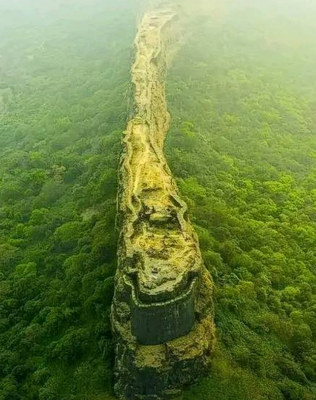
Unearthing the Past
The discovery of Skara Brae was triggered by a violent storm that exposed the buried village. Over the years, archaeologists have carefully excavated the site, uncovering stone-built houses, tools, and artifacts that provide invaluable insights into early human civilization.
Life in Skara Brae
Ingenious Architecture
Home to an estimated 100 residents, Skara Brae was designed with remarkable ingenuity. The village featured interconnected stone houses linked by covered passageways, allowing movement between dwellings without exposure to the harsh weather. Each home included a central hearth, stone furniture, and a sealable stone door, ensuring both warmth and security.
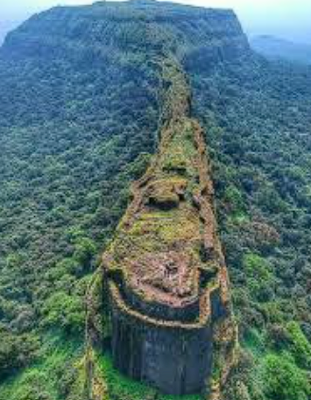
Daily Activities
Life in Skara Brae was centered around communal living and survival. Archaeological findings suggest that the villagers relied on fishing, farming, and animal husbandry for sustenance. They crafted tools, pottery, and ornaments from stone and bone, showcasing their advanced craftsmanship.
The Significance of Skara Brae
Insights into Neolithic Society
The discovery of Skara Brae has provided archaeologists with crucial insights into early human settlements. The sophisticated layout and communal living structures reveal the advanced skills and societal organization of Neolithic communities. The site demonstrates how prehistoric people adapted to their environment and developed sustainable ways of living.
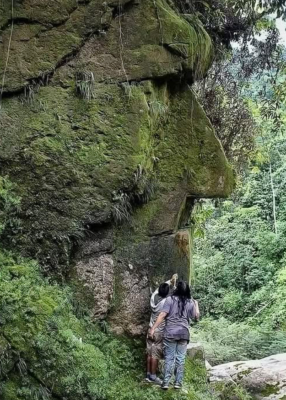
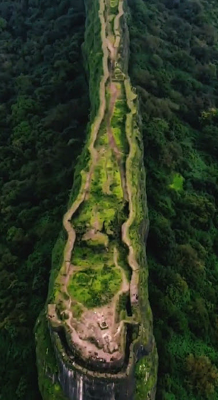
A UNESCO World Heritage Site
Today, Skara Brae is recognized as a UNESCO World Heritage treasure, preserving Scotland’s ancient history for future generations. The site attracts history enthusiasts and archaeologists from around the world, serving as a testament to the resilience and resourcefulness of Scotland’s early inhabitants.
Visiting Skara Brae
Exploring the Site
Visitors to Skara Brae can explore the well-preserved remains of the village and experience life as it was over 5,000 years ago. Informational exhibits, guided tours, and interactive displays provide a deeper understanding of this remarkable site.
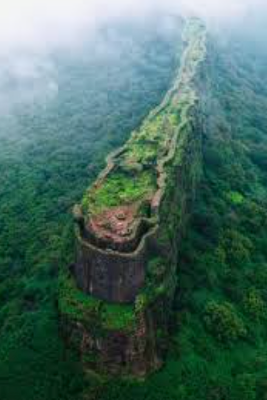
Practical Information
Skara Brae is open to the public year-round, offering an unforgettable journey into Scotland’s Neolithic past. Whether you are a history buff or an archaeology enthusiast, a visit to this ancient settlement is an experience not to be missed.


CÁC TIN KHÁC
Mark Twain & Olivia Langdon: A 36-Year Love Story Filled with Laughter and Devotion
The Tollund Man: A 2,400-Year-Old Mystery Preserved in a Danish Bog
Skara Brae: Scotland’s Hidden Neolithic Village
Porta Nigra: The Hidden Depths of Trier’s Iconic Roman Gate